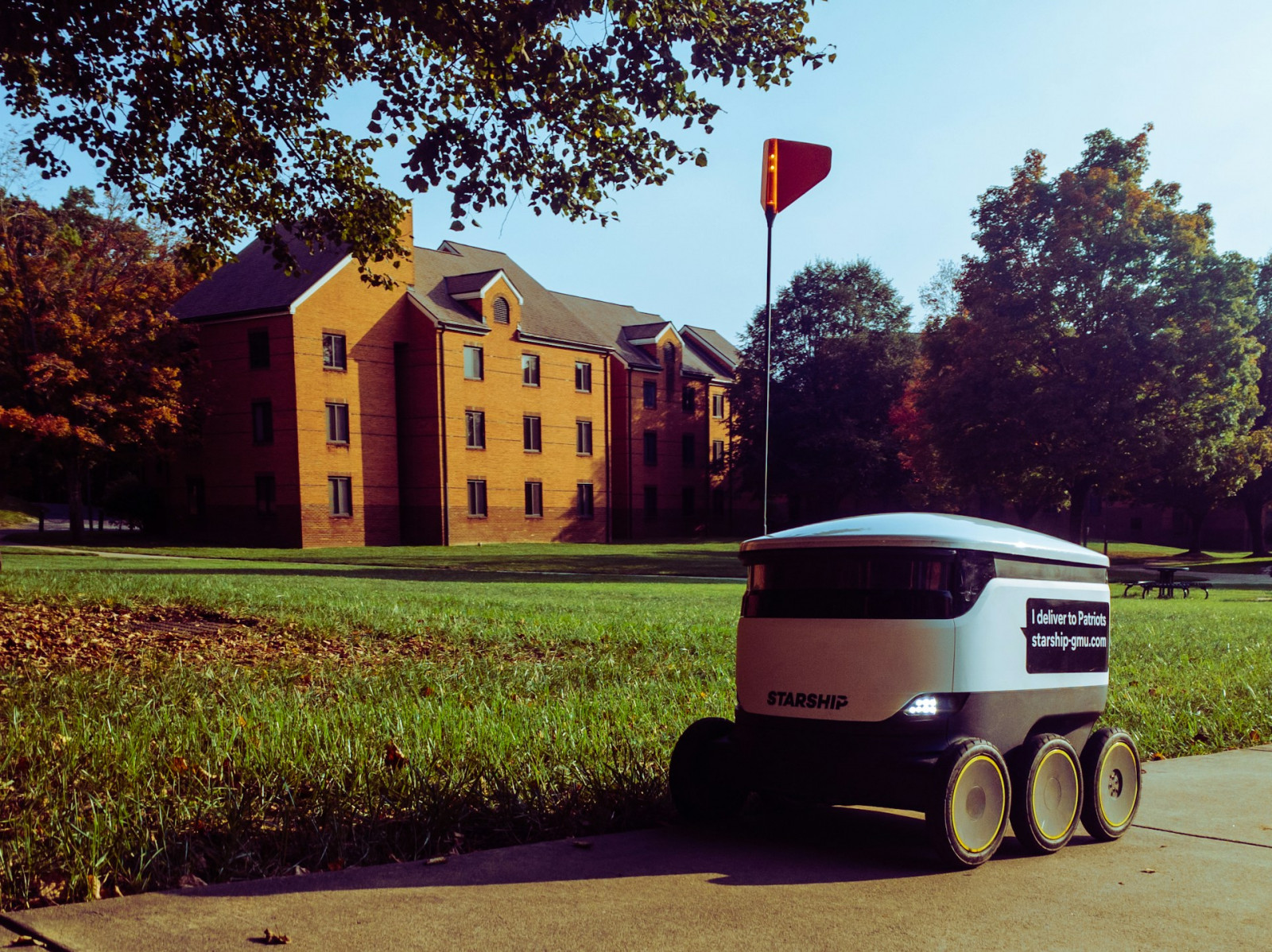What Are the Best Ways to Manage Robot Energy Costs?

Everyone knows how much robots can do, but they consume a lot of energy. Worldwide, experts are integrating advanced machinery at unprecedented speeds while watching their utility costs skyrocket. Robot energy costs must be controlled, demanding that engineers and programmers reimagine their critical components. Learn how to manage robot energy consumption with smarter equipment and electrical management.
Refine Gear Ratios
Robotics experts often tinker with gear ratios to find the perfect balance between the gears’ torque and speed. Finding a happy medium is critical because unnecessarily high torque will drain batteries faster, increasing the number of recharges the machine needs.
Eventually, workers will find suitable ranges for each application without needing to adjust settings as often. Data analysis software embedded with artificial intelligence may also be able to take performance data about the robots and recommend gear ratios to expedite the process. Smarter programming can also help reduce how frequently robots need to prompt operators for clarification.
Use Lightweight Materials
Heavy fleet trucks require more gas to move because of all the cargo. The same logic applies to robots. If they use hefty materials, they will weigh them down and require more energy to do even the simplest tasks. This is why many makers default to metals like aluminum, which are durable, malleable and lighter than alternatives.
Using lightweight materials has several other benefits, including improved sustainability. For example, aluminum is heavily recyclable and cheaper than less available materials. This gives businesses more opportunities to pocket some extra cash while they bank on the energy savings. Additionally, lightweight robots will put less pressure on other components, requiring less maintenance and parts replacements to pad finances further.
Make Efficient Motors and Transformers
Ideally, robots would have completely efficient apparent power, or kVA. Robot designers try to have the kVA rating equal the actual power in kilowatts. They want the amount of energy the robot needs to run to be equal to its output to prevent system overloads, overheating and other maintenance problems. To determine the right transformer size, experts:
- Multiply secondary amps required by low voltage.
- Take this number and multiply it by the square root of three.
- Divide this by 1,000 to discover the kVA.
- Install a transformer with this capacity but ideally has a slightly higher kVA rating.
The right motor can regulate this. For example, brushless motors often require less power compared to brushed models. Choosing energy-efficient materials to construct the motor also helps.
Optimize Movement

Sometimes, mobile machines — like autonomous guided vehicles or delivery robots — move less intuitively, even when programmed to be efficient. They may divert from a path if they encounter an obstacle, turning a short trip into a massive detour. Even production line robots may extend their arms further than necessary.
Removing these wasteful turns and extensions seems trivial, but the electrical savings increase over time. Engineers can view these optimizations like puzzles in a video game, as they discover the fewest steps it takes to achieve the objective.
Leverage Regenerative Braking
Most people hear about regenerative braking in hybrid and electric cars. However, robots can also use this feature to recuperate some expended energy. The energy produced from regenerative braking seems small during a single instance, but the benefits compound.
The brakes capture the power as the system brakes, cycling it back through to recharge the battery. It lowers reliance on utility infrastructure, while lengthening uptime. The robots can keep running for longer, achieving more tasks and helping companies earn higher profits by accomplishing jobs faster.
Activate Sleep Modes
Computers and other electronics feature sleep modes for convenience. They are ubiquitous but make a monumental difference in establishing energy efficiency. Sometimes, it requires more energy to power on a massive robot than waking it from sleep mode. Operators can automate robots to go into these energy-saving modes after a set period of inactivity. While it may still drain some power while idling, it will be less than if it were fully engaged.
Use Smart Sensors
Smart technologies, like the Internet of Things, have become robotic supplements for a good reason. They are immensely versatile, informing companies with data about the inner workings of their machinery. The insights will let teams know what robots are best for which applications, down to the make and model. Then, technicians could install the most appropriate robot for each use case.
Sensors can also monitor environmental activity, like lighting and temperature. This way, a robot could shut off lights or adjust thermostats without intervention. Finding ways for robots to save on other energy costs, while optimizing their own, will make the financial benefits even more enticing.
Improve Battery Management

Some batteries are more resource-aware than others. A well-made battery combined with a management system can get the most value from a single charge. Most batteries have some heat escape when operating, and high-quality batteries minimize this thermal runaway. Several designs work like regenerative braking by capturing the waste heat to reuse.
Smart sensors can work alongside battery management systems to help technicians understand the robot’s typical performance behaviors and battery life. Improving literacy is crucial so operators know which processes put the most stress on the battery. Then, they can provide feedback to engineers and programmers to slowly cut unnecessary expenditures.
Optimized batteries do not overcharge. Many have integrated systems that prevent them from absorbing more electricity than needed, even when plugged into a power source. Installing robots with this ability is important. Otherwise, organizations must find ways to curb energy vampires instead of finding more opportunities to lower robot energy costs.
How to Manage Robot Energy Consumption
Robot energy costs will only rise as machines execute more tasks in workplaces, particularly in industrial settings. Utility bills could escalate beyond what is acceptable for a budget if professionals wait to rethink their designs. Enthusiasts and tenured experts alike must continue researching ways to lower robotic energy needs to make implementation more cost-effective and accessible for everyone.
Thanks for helping to keep our community civil!
This post is an advertisement, or vandalism. It is not useful or relevant to the current topic.
You flagged this as spam. Undo flag.Flag Post


